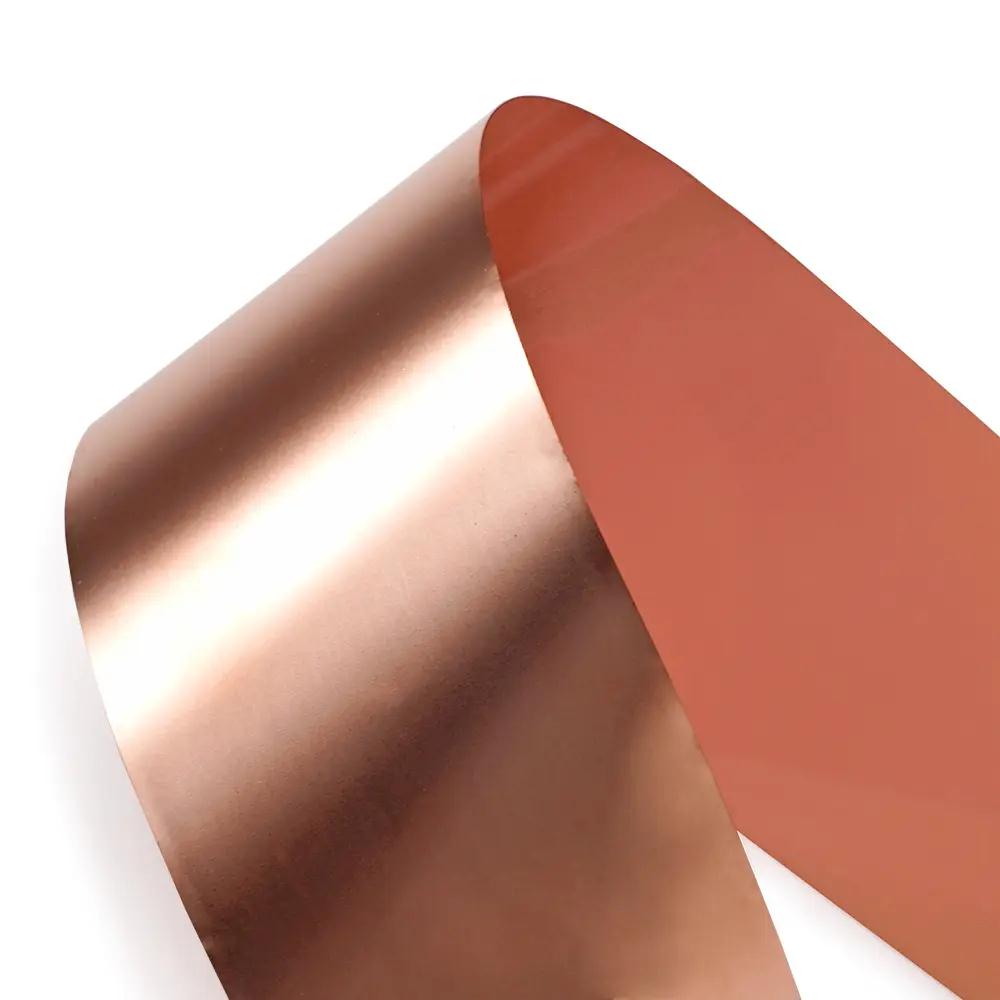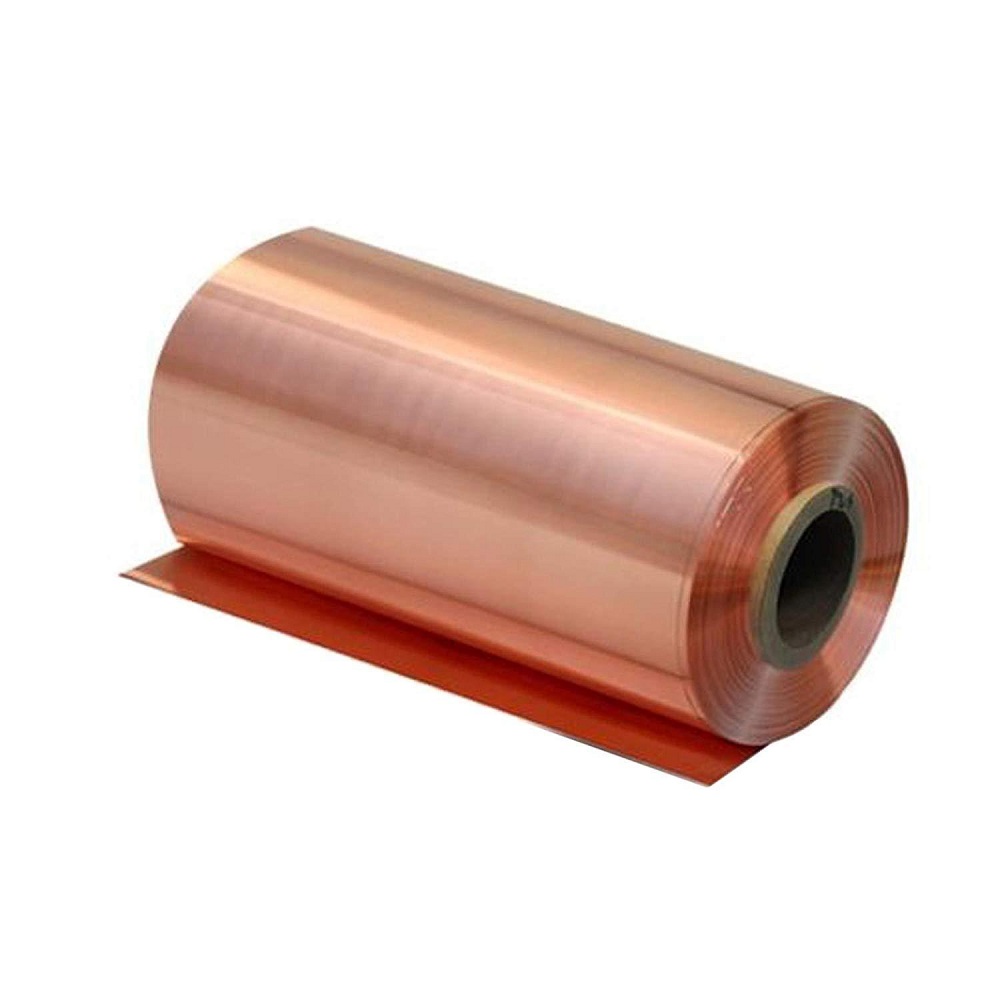One of the most essential metals on the planet is copper. Without it, we are unable to do the things we take for granted such as turning on lights or watching TV. Copper are the arteries that make computers function. We wouldn’t be able to travel in cars without copper. Telecommunications would stop dead. And lithium-ion batteries wouldn’t work at all without it.
Lithium-ion batteries use metals such as copper and aluminum to create an electrical charge. Each lithium-ion battery has a graphite anode, metal oxide cathode, and uses electrolytes that is protected by a separator. Charging the battery causes lithium ions to flow through the electrolytes and collect at the graphite anode along with electrons sent through the connection. Unplugging the battery sends the ions back where they came and forces the electrons to go through the circuit creating electricity. The battery will be depleted once all the lithium ions and electrons return to the cathode.
So, what part does copper play with lithium-ion batteries? Graphite is fused with copper when creating the anode. Copper is resistant to oxidization, which is a chemical process where electrons of one element are lost to another element. This causes corrosion. Oxidization happens when a chemical and oxygen interact with an element, like how iron coming in contact with water and oxygen creates rust. Copper is essentially immune to corrosion.
Copper foil is primarily used in lithium-ion batteries because there are no restrictions with its size. You can have it as long as you want and as thin as you want. Copper is by its nature a powerful current collector, but it also allows for great and equal dispersion of current.
There are two types of copper foil: rolled and electrolytic. You’re basic rolled copper foil is used for every crafts and designs. It is created through a process of introducing heat while pressing it down with rolling pins. Creating electrolytic copper foil is that can be used in technology is a bit more involved. It starts by dissolving high quality copper in acid. This creates a copper electrolyte that can be added to copper through a process called electrolytic plating. In this process, electricity is used to add the copper electrolyte to the copper foil in electrically charged rotating drums.
Copper foil is not without its flaws. Copper foil can warp. If that happens then energy collection and dispersion can be greatly affected. What’s more is that copper foil can be affected by outside sources such as electromagnetic signals, microwave energy, and extreme heat. These factors can slow down or even destroy the copper foil’s ability to work properly. Alkalis and other acids can corrode copper foil’s effectiveness. This is why companies such as CIVEN Metals create a wide variety of copper foil products.
They have shielded copper foil that fights against heat and other forms of interference. They make copper foil for specific products such as printed circuit boards (PCBs) and flexible circuit boards (FCBs). Naturally they make copper foil for lithium-ion batteries.
Lithium-ion batteries are becoming more of the norm, especially with automobiles as they power induction motors like the ones Tesla produces. Induction motors have fewer moving parts and has better performance. Induction motors were considered to be unobtainable given power requirements that were not available at the time. Tesla was able to make this happen with their lithium-ion battery cells. Each cell is made up of individual lithium-ion batteries, all of which have copper foil.
The demand for copper foil has reached considerably heights. The copper foil market made over 7 billion dollars American in 2019 and it is expected to make over 8 billion dollars American in 2026. This is due to shifts in the automotive industry that are promising to switch from internal combustion engines to lithium-ion batteries. However, automobiles will not be the only industry affected as computers and other electronics also use copper foil. This will only ensure that the price for copper foil will continue to rise in the coming decade.
Lithium-ion batteries were first patented in 1976, and they would be commercially mass produced in 1991. In the years that followed, lithium-ion batteries would become more popular and would be improved upon considerably. Given their use in automobiles, it is safe to say that they will find other uses in a combustible energy dependent world as they are rechargeable and more efficient. Lithium-ion batteries are the future of energy, but they are nothing without copper foil.
Post time: Aug-25-2022


